Resin art is one of the most exciting crafts you can try. Whether you want to make jewelry, coasters, keychains, or home décor, learning how to use resin molds is the first step to making your own creative designs.
Using resin molds lets you shape resin into almost anything you can imagine. The good news is it’s simple once you know what to do.
This guide walks you through everything: picking the right resin, prepping molds, mixing and pouring without bubbles, curing safely, demolding, and caring for your molds so they last.
Whether you are making your first keychain or crafting layered coasters, this step-by-step article will help you avoid mistakes and get professional-looking results.
Quick Guide 💡:
If you only need the highlights, here are the basics:
- Pick epoxy resin for clear jewelry, coasters, or trays, and UV resin for small quick projects.
- Use clean silicone molds and apply mold release for easy demolding.
- Measure resin correctly, mix slowly, and scrape sides and bottom of your cup.
- Pour in a thin stream into one corner of the mold to reduce bubbles.
- Pop surface bubbles with a quick pass of a heat gun or torch.
- Let resin cure fully on a flat, level surface.
- Demold carefully and finish edges by sanding or polishing.
- Clean molds gently and store them flat to extend their lifespan.
Shop Related Products
 |
 |
 |
What Are Resin Molds?
Resin molds are flexible containers, most often made of silicone, used to shape resin as it cures. When you pour mixed resin into a mold, it takes on the exact shape and detail of that mold, from smooth surfaces to sharp edges.
Why silicone is best for resin molds:
- Flexible and easy to demold
- Heat-resistant enough for curing resin
- Durable and reusable
- Captures fine details
- Smooth, glossy finish transfer
You can find resin molds in countless shapes: coasters, jewelry, trays, keychains, chess pieces, dominoes, and more.
👉Also Read: What Is Resin? Create Stunning Art From Liquid!
Step 1: Choosing the Right Resin
Not all resins behave the same. Picking the right type ensures your project cures properly and looks the way you expect.
Epoxy Resin
- The most popular choice for resin art
- Long working time (20–40 minutes)
- Self-levels for smooth finishes
- Cures clear, making it perfect for jewelry, coasters, trays, and art pieces
-
Low odor compared to other resin
UV Resin
- Cures quickly under UV light (minutes, not hours)
- Best for small, thin pieces like pendants or charms
- Limited thickness (usually less than 1 cm per layer)
-
Needs a strong UV lamp to cure fully
Deep-Pour Epoxy
- Lower exotherm (less heat when curing)
- Designed for thicker molds, floral encapsulations, or river tables
- Longer cure times, but prevents cracking and overheating
👉 Tip: For most beginners, standard epoxy resin is the best balance of ease, clarity, and durability.
Step 2: Prepping Your Resin Molds
Proper prep makes the difference between a smooth finish and a frustrating casting.
Steps to prepare your mold:
- Inspect the mold for dust or lint. Wash with mild soap and water if needed, then dry completely.
- Apply a light coat of silicone-safe mold release spray. This helps protect the mold and makes demolding easier.
- Place molds on a level surface—uneven surfaces cause thin spots or warped pieces.
- Use a silicone mat underneath to catch spills.
Step 3: Customize with Colorants and Add-Ins
Adding color or decorative elements makes your resin pieces unique.
- Colorants: Mica powder, resin pigments, and alcohol inks are all safe for resin.
- Glitter and Foils: Add sparkle, but keep amounts moderate. Too much can cause clumping or soft cures.
- Inclusions: Dried flowers, shells, or beads can be embedded. Seal porous inclusions first to reduce bubbles.
Tip: Always test color loads in a small batch before committing to a large pour.
Accurate measurement and careful mixing are essential.
Step 4: Measuring and Mixing Resin
Steps to measure and mix correctly:
- Follow the instructions on your resin. Most epoxies are either 1:1 by volume or 2:1 by volume. Some require measuring by weight.
- Pour Part A and Part B into a mixing cup.
- Mix slowly for 2–3 minutes, scraping sides and bottom of the cup.
- Avoid whipping, which introduces microbubbles.
-
If possible, degas the mixture in a vacuum chamber for crystal-clear results.
👉 Warm resin bottles in lukewarm water before mixing to reduce viscosity and make bubbles rise faster.
Step 5: Pouring Resin into Molds
Pouring technique prevents air pockets and ensures even curing.
Steps for pouring:
- Pour in a thin, steady stream from one corner of the mold.
- Let the resin flow naturally to fill the mold instead of pouring directly onto the middle.
- For sharp corners, use a toothpick to guide resin in.
- Tap or vibrate the mold gently to release trapped air.
For layered designs: Pour resin in stages, allowing each layer to partially cure before adding the next. This keeps inclusions from sinking.
Step 6: Removing Bubbles
Even careful mixing can leave bubbles. Here’s how to get rid of them:
-
Pass a heat gun or torch quickly over the surface to pop bubbles.
Do not hold heat in one spot, which can scorch resin or damage the mold. - Use a toothpick to burst stubborn surface bubbles.
- For UV resin, use a pin to pop bubbles before placing under the lamp.
For the clearest finish, use a pressure pot to compress bubbles during curing.
Step 7: Curing Resin in Molds
Curing times vary by resin type, thickness, and room conditions.
- Most epoxies cure within 24–48 hours.
- UV resin cures in minutes under a UV lamp.
- Deep pours may take several days.
Tips for curing success:
- Cover molds with a dust-free box to prevent debris.
- Maintain room temperature around 21–25 °C.
- Do not move molds during curing.
- Avoid high humidity, which can cause cloudy surfaces.
Step 7: Demold Your Resin Project Carefully
Once your resin is fully cured, you can remove it from the mold. If you rush, you risk damaging both the mold and your piece.
Steps for safe demolding:
- Gently flex the mold to loosen edges.
- Peel the piece out slowly, avoiding sharp pulling that could tear the mold.
- If the piece feels soft or sticky, give it more cure time.
If your project has sharp edges, sand them lightly with fine-grit sandpaper. You can polish finished pieces with resin polish or a microfiber cloth to bring back the shine.
Step 8: Clean and Care for Your Resin Molds
Proper mold care helps you get more use out of your silicone molds.
How to maintain molds:
- Wash with mild soap and warm water after each use.
- Avoid alcohol or acetone; they can damage silicone.
- Let molds air dry fully before storing.
- Keep them flat and out of direct sunlight to prevent warping.
- Dust with cornstarch before long-term storage to prevent sticking.
Good maintenance will let you reuse molds dozens of times for consistent results.
👉Also Read: How to Make Resin Molds at Home | Step-by-Step Tutorial
Troubleshooting Common Resin Mold Problems

Even experienced resin crafters sometimes make mistakes. Here’s how to fix common issues:
- Sticky resin: Caused by incorrect resin-to-hardener ratio or low temperature. Let it cure longer or coat it with a fresh resin layer.
- Bubbles in resin: Mix slower and pour in thin layers. Use a torch lightly over the surface.
- Dull finish: The mold surface wasn’t clean or glossy. Polish the final piece with a microfiber cloth.
- Warped mold: Too much heat exposure. Always cure at room temperature.
- Stuck resin: Always use mold release or switch to higher-quality silicone molds.
Small errors are part of the learning process. Taking notes helps you improve each time.
You May Want to Shop
 |
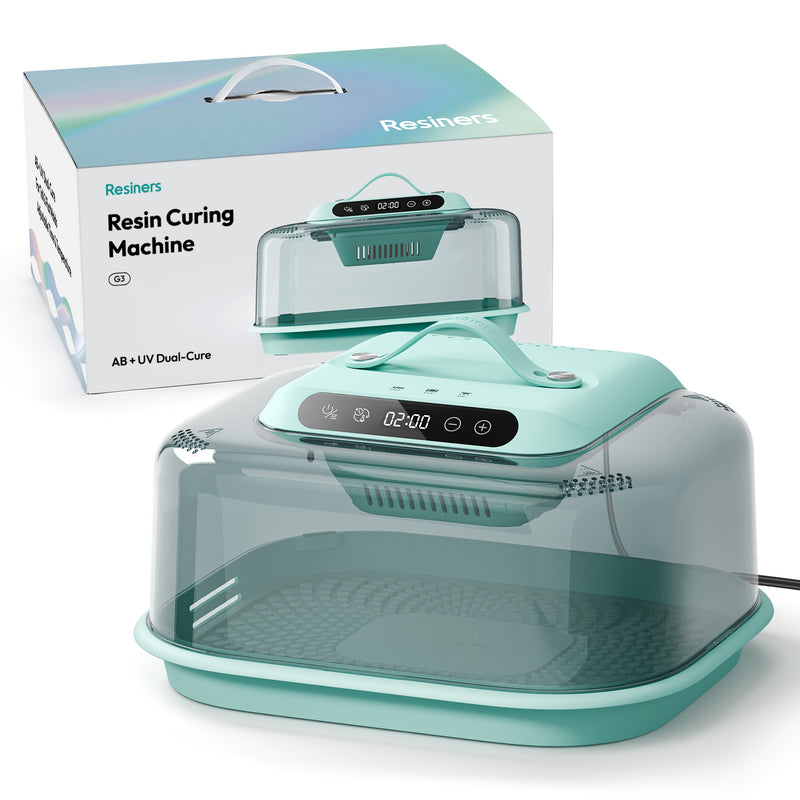 |
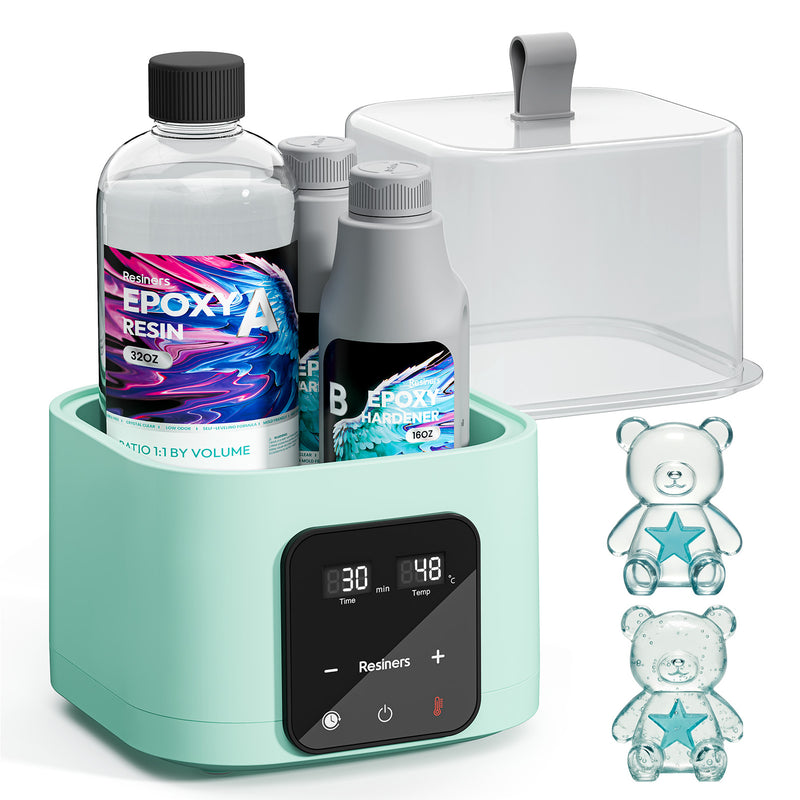 |
Creative Projects You Can Make with Resin Molds
Resin molds let you create endless custom projects. Use them to design pieces for home, gifts, or your handmade shop.
Fun project ideas:
- Jewelry (rings, pendants, earrings)
- Personalized keychains or bag charms
- Resin coasters and trays
- Candle holders and bookmarks
- Phone grips and magnets
- Tabletop decorations and ornaments
With a little experimentation, you can combine colors, glitters, and inclusions to create one-of-a-kind art.
👉Also Read: Epoxy Resin Mold Material: Best Options & Tips Explained
Conclusion
Learning how to use resin molds opens a world of creativity. With the right resin, careful mixing, and good mold care, you can craft everything from jewelry to décor. The key steps are simple: prep your mold, measure and mix accurately, pour slowly, cure patiently, and demold carefully. With practice, your results will improve with each project.
👉 Ready to get started? Explore high-quality molds here:
FAQs: How to Use Resin Molds
What resin works best in silicone molds?
Epoxy resin is the most popular because it cures clear, releases easily, and works well for jewelry, crafts, and coasters. UV resin is great for small projects that need fast curing under a UV lamp. For thick castings like river tables or large molds, deep-pour epoxy is best since it cures slowly and reduces heat buildup. Always match the resin type to the size and purpose of your project.
How do I prevent bubbles in resin molds?
Mix the resin slowly to avoid whipping in air, and pour it in a thin, steady stream into one corner of the mold. Use a heat gun or torch to pop surface bubbles right after pouring. For crystal-clear results, pressure casting or vacuum degassing works best. Sealing porous items like wood or flowers before embedding also prevents hidden bubbles.
Why is my resin still sticky after curing?
Sticky resin usually means the mix ratio of resin and hardener was off. Cold room temperatures or high humidity can also slow the curing process. Double-check your measurements, mix thoroughly, and allow extra curing time if the space is below 75°F (24°C). In severe cases, scrape off sticky layers and re-pour with the correct ratio.
Do I need mold release for silicone molds?
Not always. High-quality silicone molds usually allow resin to release without a problem. However, using mold release helps extend the life of your mold, prevents tearing, and makes demolding much easier. It’s especially useful for detailed or deep molds.
Can I put flowers or photos in resin molds?
Yes, but preparation is important. Seal flowers with a clear spray or dry them fully to prevent trapped air bubbles. Use resin-safe photo paper or seal images with tape or laminating film before embedding. Always pour in layers so flowers and photos don’t float or shift.
How do I get a shiny finish on resin pieces?
Start with a clean, glossy silicone mold to get a smooth surface. Keep your workspace dust-free and cover the piece while curing to avoid particles sticking. If the cured piece looks dull, polish it with fine sandpaper and resin polish, or add a thin clear coat. This restores shine and makes the surface crystal clear.
How do I clean resin molds?
Wash silicone molds gently with mild soap and warm water after each use. Let them dry completely before storing to avoid mold growth. Store them flat in a cool, dust-free place away from direct sunlight to prevent warping. Avoid harsh chemicals or scrubbing pads that can damage the mold’s surface.

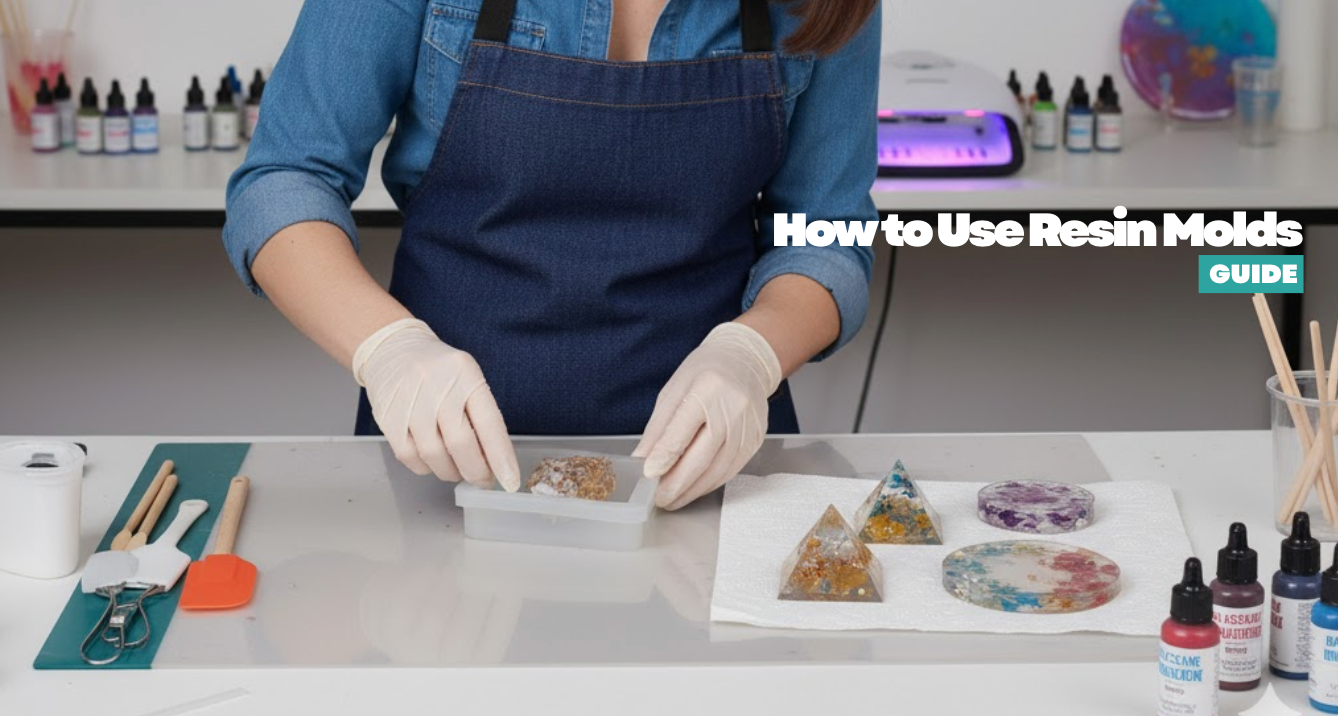



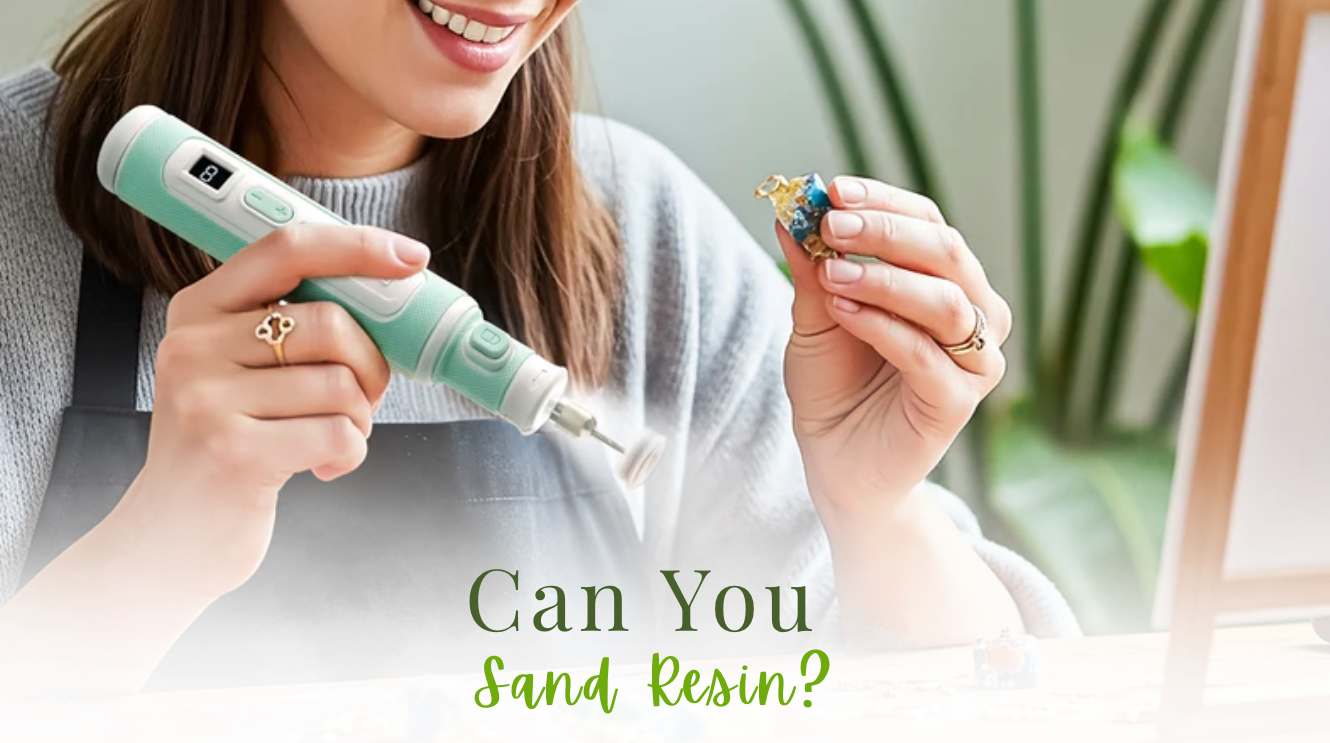
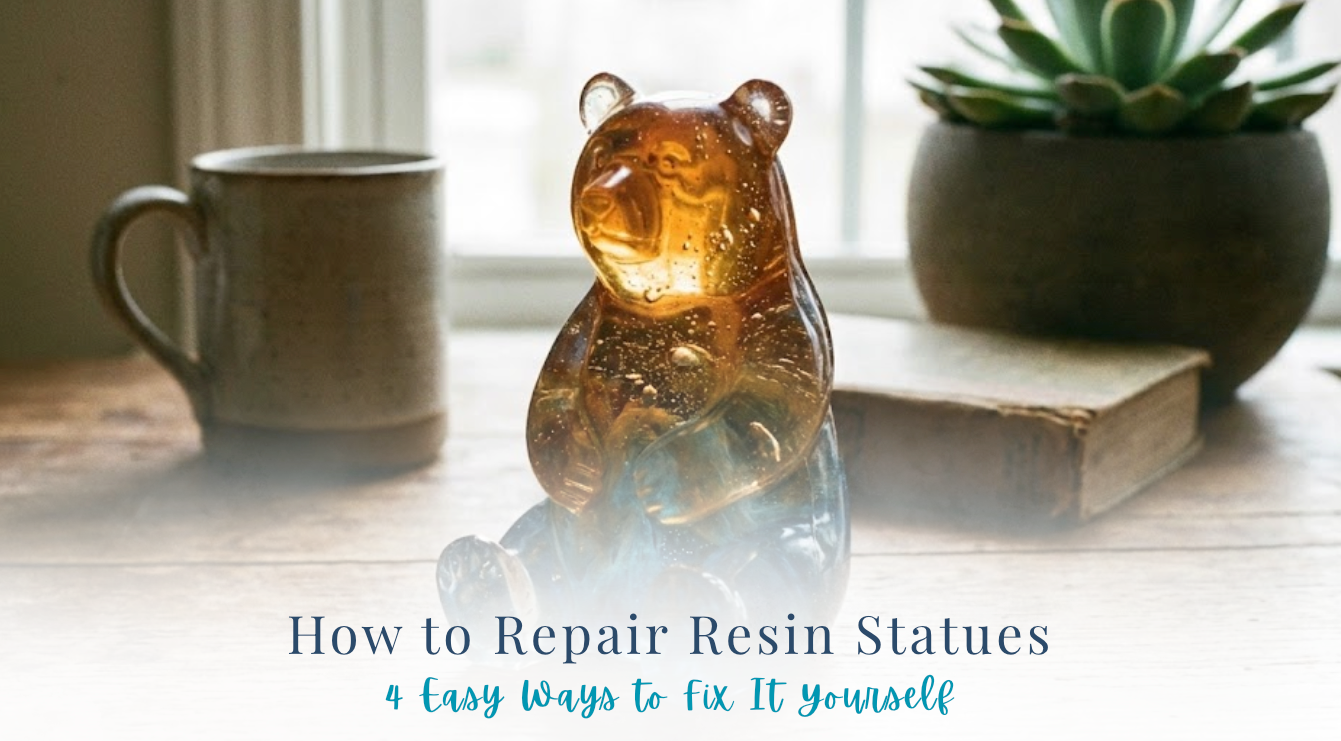

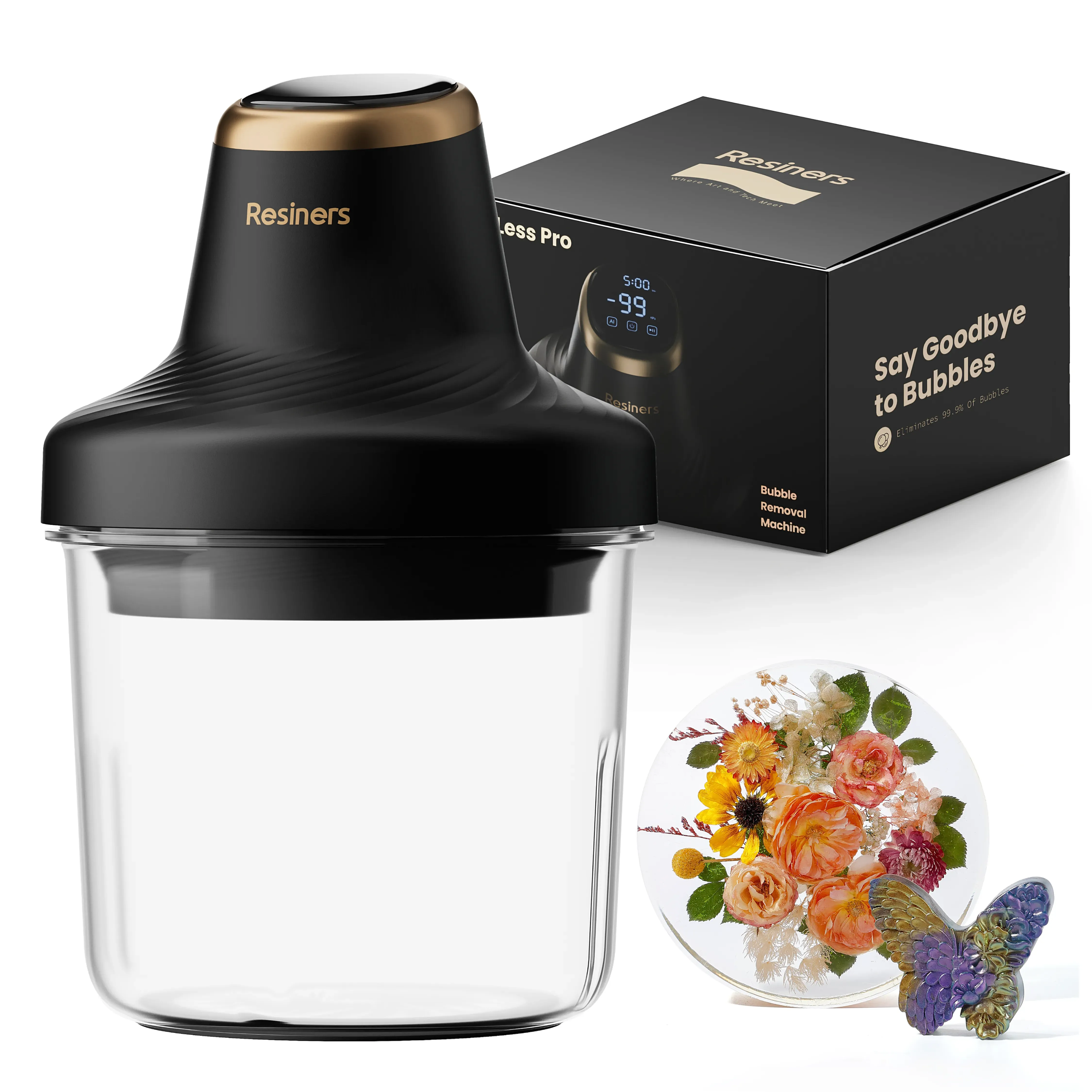



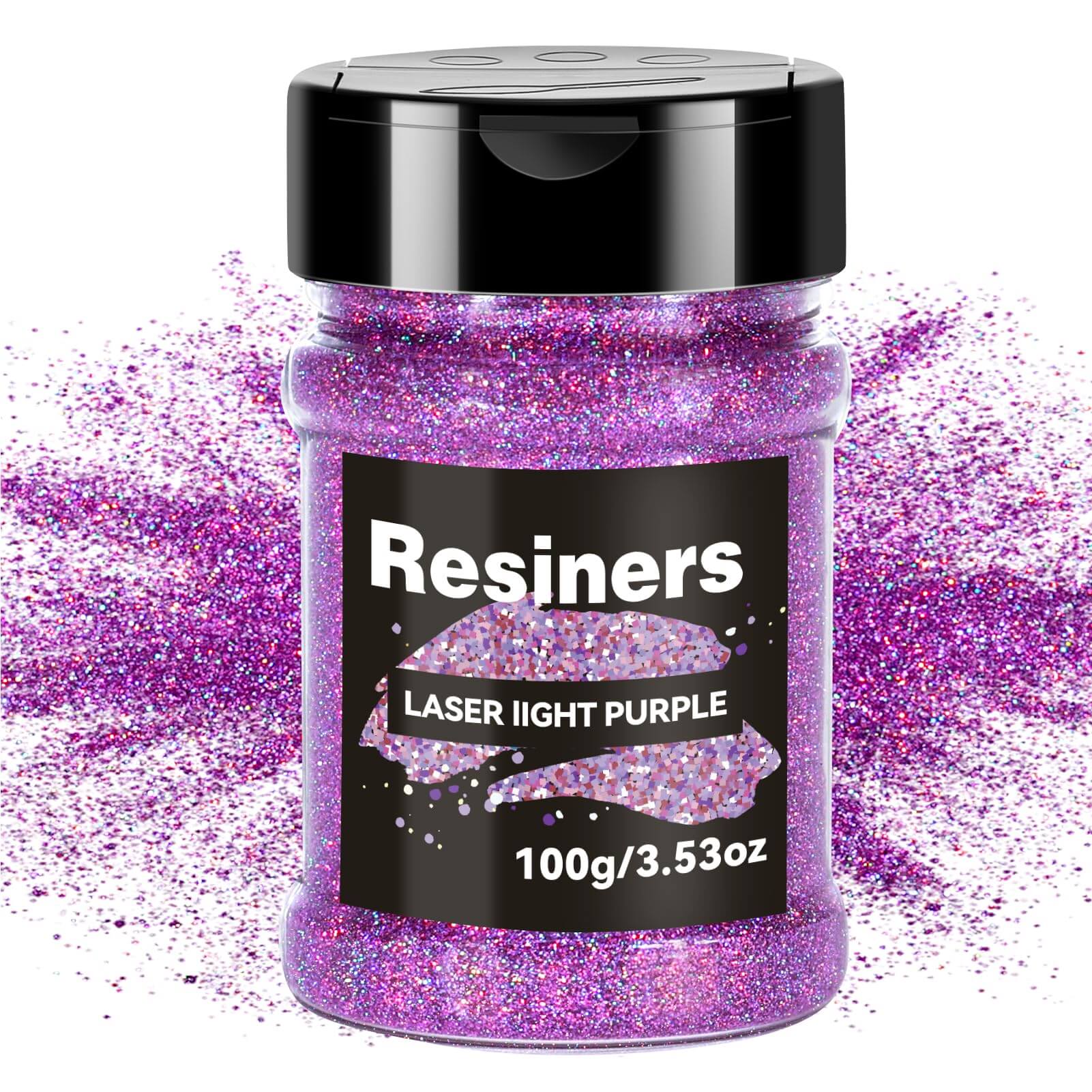
اترك تعليقًا
This site is protected by hCaptcha and the hCaptcha Privacy Policy and Terms of Service apply.